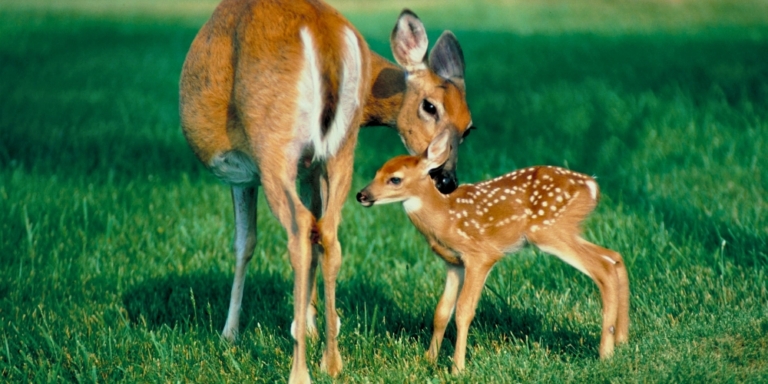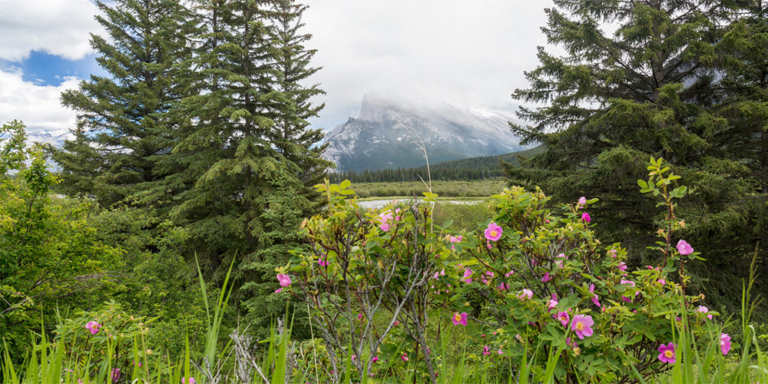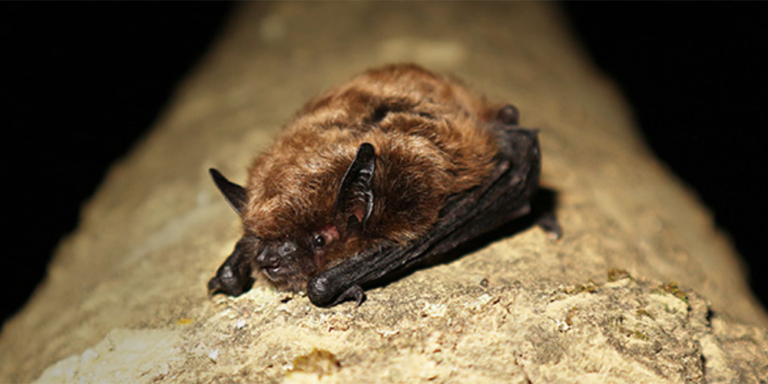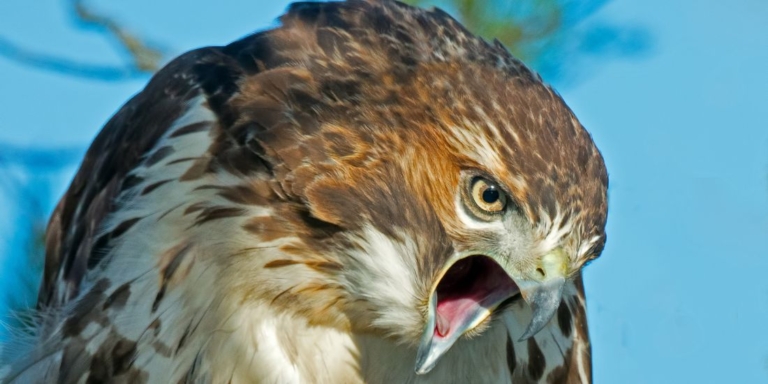The polar vortex, like Albertans just experienced, caused lots of problems: ruptured pipes, traffic accidents from icy frozen roads, and broken bones from slips and falls.

But there’s an upside to the freezing temperatures: it kills some nasty bugs, devastating our forests.
Mountain pine beetles can’t survive when temperatures drop -40 degrees Celsius for a few days running.
Since the population of mountain pine beetles exploded in 2006, our province has been at war with the insects.
Mountain pine beetles are wood-boring insects native to North America.
Wood-boring insects are harmful because they tunnel and feed into the living wood of a tree, which often kills it.
These crawling critters essentially eat a tree from the inside out.
Usually, a tree’s natural defences can handle a small population of mountain pine beetles.
But these beetles now use a power-in-numbers strategy to coordinate mass attacks and overwhelm trees across whole regions.


After mountain pine beetles reached western Alberta through British Columbia, our province introduced the mountain pine beetle management strategy in 2007.
Since then, the province has invested significant resources to control the mountain pine beetle population.
You may be wondering why. How dangerous can beetles the size of a grain of rice be?
Alberta has 5.5 million hectares of pine trees vulnerable to mountain pine beetles, including our provincial tree, the lodgepole pine.
Most sports fields are about one hectare in size.
Imagine 5.5 million sports fields filled with trees. We risk losing these trees if we can’t control the mountain pine beetle population.
Losing these trees wouldn’t just scar our landscape; it would be a punch to our economy’s gut.
That’s because, in addition to being a foundation for our tourism and recreation industries, Alberta’s 5.5 million pine trees have a commercial value of more than $11 billion.
According to the pine-beetle management strategy, the most at-risk areas include Kananaskis Country, parts of the MD of Bighorn, Canmore, Banff National Park, and Îyârhe Nakoda First Nation.
How Do We Fight Back?
Our province’s management strategies include baiting mountain pine beetles with pheromones and burning, harvesting, and removing infested trees.
In addition to these techniques, our greatest ally is Mother Nature herself.
Mountain pine beetles’ natural predators include woodpeckers and other beetles.
When mountain pine beetle populations explode because of the lack of deep cold snaps, predators can’t keep up and have minimal impact.
Fires Help, But Cold Kills
Many regions across Alberta endured record-breaking wildlife seasons in 2023.
But there was a silver lining; some mountain pine beetle populations were consumed in the fires.
While predators and wildfires help some, one of the most effective tools in our arsenal is our brutal cold.
Last month, the Alberta government announced that the mountain beetle population has declined by 98 percent since it peaked in 2019.
“It’s been a real concerted effort on the part of forestry and other ministries to battle with the pine beetle, but getting help from Mother Nature with a few good cold snaps has helped, too,” Ken Fry, an entomologist and horticulture instructor at Olds College, told Rocky Mountain Outlook.
Mountain pine beetles can survive in temperatures above -40 degrees Celsius.
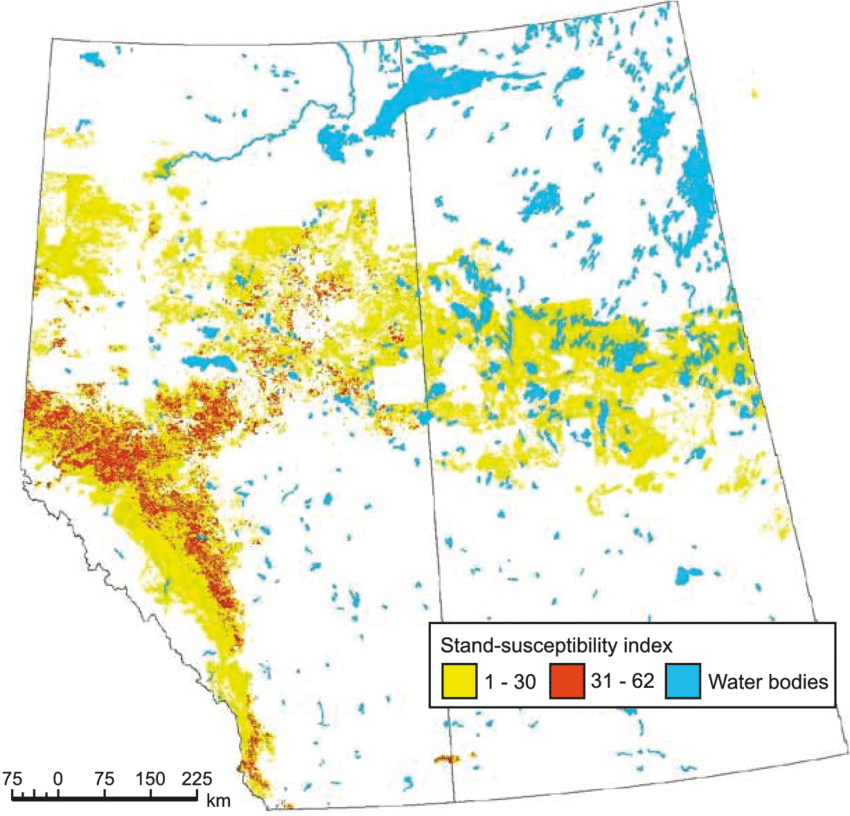

The last few winters in Alberta have seen temperatures below -40 degrees Celsius that stretched days.
“…for those cold snaps to be four or five or more days, that’s going to cause a certain amount of mortality or death to the beetles,” said Fry.
But until the recent 5-day cold snap this January, the winter has been unusually warm, with record highs more common than record lows.
How will increasingly warm winter weather affect the mountain pine beetle population?
Mountain pine beetles were active well into last fall due to warmer temperatures, meaning they might not have had time to prepare for winter.
Our recent cold snap could have done some damage to the unprepared critters.
On the other hand, longer periods of beetle activity mean our trees are stressed for longer and might be unable to defend themselves come springtime.
Time will tell.


The Fight Continues
According to the province, mountain pine beetle populations have dropped the most in Edson, Rocky Mountain House, and Whitecourt.
Mountain pine beetle populations have also dropped in national parks such as Jasper, Kootenay and Yoho.
However, mountain pine beetle populations in the Bow Valley area have remained mostly stable, extending south toward Kananaskis Country.
On the bright side, Nadir Erbilgin, a professor and Chair of the Renewable Resources Department at the University of Alberta, claims beetle populations are NOT showing signs of recovering.
“I don’t know what it means with the temperatures that we saw last week, but I will say the cold has a huge impact on crushing the beetle populations,” said Erbilgin.
The government’s mountain pine beetle survey and control program continues.


But it’s important to remember that the complete extermination of mountain pine beetles is not the objective of the management strategy.
A controlled population of mountain pine beetles selectively kills weakened and old trees, allowing young trees to thrive.
Dead trees also make nice houses for wildlife. But too much of a good thing can be harmful.
“They’re important to this part of the ecosystem. Same as fire. I know we’re starting to see more and more fires, but we also have to accept that these are parts of our ecosystem,” said Erbilgin.
The outbreak of mountain pine beetles that started in 2006 is mainly because of the warming climate with milder winters and drier summers.
Warmer temperatures have allowed mountain pine beetles to migrate and rapidly breed across western North America where they wouldn’t normally.
While we may not be able to reverse all the effects of climate change, Albertans can do our part to stop the climate from warming more.
By doing so, we can better control the population of mountain pine beetles and prevent further damage to our iconic landscapes.


